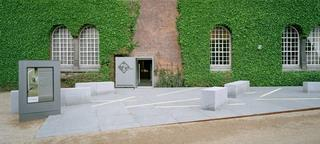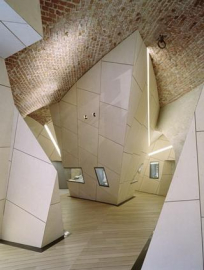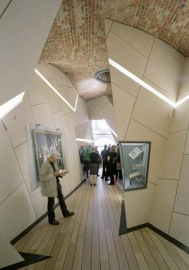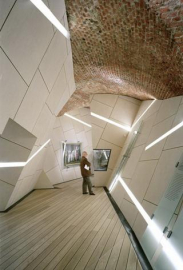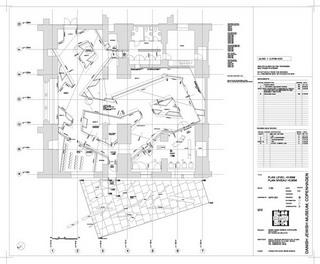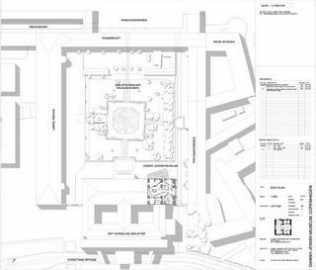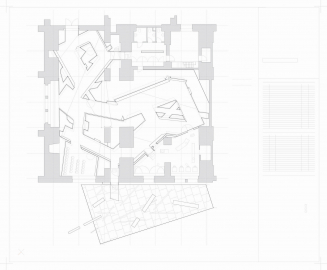The Danish Jewish Museum
The Danish Jewish Museum is based on the unique story of Danish Jews who were saved by the Danes in October 1943. However, the base of the museum s collection is the history of the Danish Jewish life in Denmark since the beginning of the 17th Century.
The Museum is situated in one of the oldest parts of Copenhagen - the Galejhuset (the Boathouse) built by King Christian the 4th in beginning of the 17th Century. Later in the beginning of the 20th The Royal Library was built around the Galejhuset - and now at the beginning of the 21st Century The Danish Jewish Museum inhabits a space as old as the Danish-Jewish history.
The concept of the museum is based on the Hebrew word Mitzvah - an obligation or a good deed - which is symbolized in the form, structure and light of the Museum; with the exhibition conceived as a text within a text, in the same way that the museum itself is a building within a building.
"The Danish Jewish Museum will become a destination which reveals the deep tradition and its future in the unprecedented space of Mitzvah. The intertwining of the old structure of the vaulted brick space of The Royal Library and the unexpected connection to the unique exhibition space creates a dynamic dialogue between architecture of the past and of the future - the newness of the old and the agelessness of the new." Daniel Libeskind
The museum project was initiated by the Foundation of The Danish Jewish Museum in 1985 with the aim of establishing and managing The Danish Jewish Museum. The museum is an independent institution, presently based on solely private funding.
The Danish Jewish Museum combines the rich history and culture of the Jewish Community in Denmark with the strong Danish building tradition, detailing and materials. Therefore the museum is a unique spatial experience built in traditional red bricks (the original Galejhuset) birch ply walls and oak floors relating to the Scandinavian traditions as well as the journey by boat to Sweden in 1943.
The site of the museum - within the Galejhuset within the Royal Library - creates a stunning entrance situation through the Library Garden accentuated by the external areas and the entrance door to the museum as an extension of the museum accessible also outside of opening hours.

